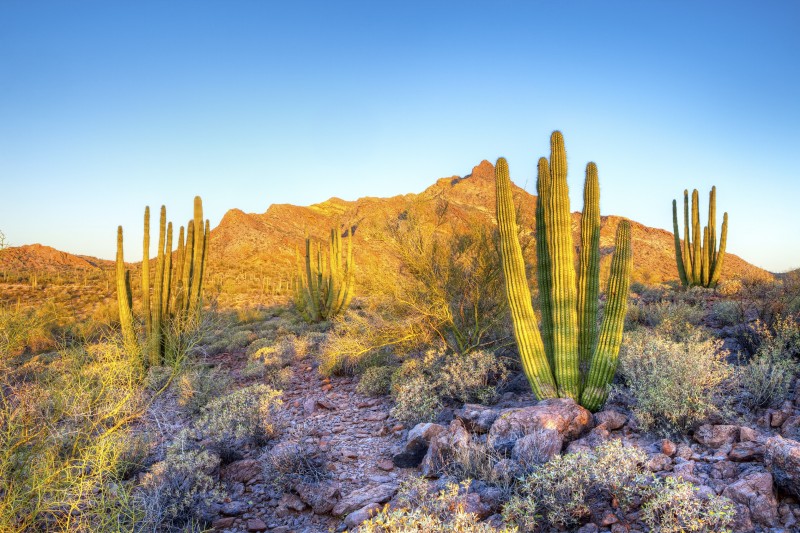
Organ Pipe Cactus National Monument
Park officials of Organ Pipe Cactus National Monument are hoping to change its reputation of being “the most dangerous national park” with a reopening after 11 years. Located in southern Arizona, 30 miles of the 517-square-mile park border Mexico, leading the area to become a haven for drug cartels beginning in the 90s.
The event that effectively led to the park’s closure was the death of ranger Kris Eggle, who was shot and killed while chasing a cartel hit squad in 2002. Park officials then decided to close 70 percent of the monument in 2003, although several smaller areas were reopened over the following years.
Security was increased again after September 11, 2001. According to High Country News, park rangers seized 17,000 pounds of marijuana in 2005 and around 100,000 pounds last year. The reputation has definitely had an effect on the number of people who visit the park—only 210,000 in 2010.
Since the park’s closure, the number of law enforcement officers has increased from five to 20, and the number of Border Patrol agents is 20 times what it was in 2003—there are now more than 500.
The increased security has greatly improved safety for visitors over the years, but at the same time it has negatively impacted the environment. Ecosystems have been damaged, and there are miles upon miles of vehicle tracks that were caused by the improved surveillance.
The park officially reopened to the public on September 15.
“No more armed guards,” Sue Walter, the monument’s chief of interpretation, told High Country News. “[The border] has surveillance towers, vehicle barriers, pedestrian fences. We’re educating visitors and they can make their own decisions about whether they feel comfortable [going into the backcountry].”
Image courtesy of tonda/iStock
 Your Privacy Choices
Your Privacy Choices